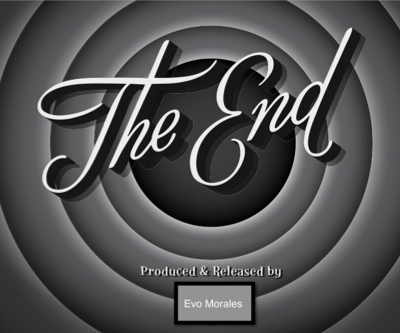The mining boom in Australia is over, or is it?

This was the year for Australia’s mining boom Martin Ferguson hinted on Monday. The Resources Minister highlighted the end of the high commodity prices era that will force the country’s industry to increase its productivity and develop new technologies in order to remain competitive.
Speaking at the opening of the Australian Minerals Research Centre in Perth, Ferguson said Australia would have to deal with the consequences of lower prices for its main exports: coal and iron ore.
“We’re not going to see iron ore at US$180 to US$190 a tonne, we’re not going to see thermal coal at about US$170 [a tonne], coking coal at about US$320 a tonne any more,” he told the audience as quoted by Mining Australia.
Ferguson added the country’s cost was already high for mining companies and as prices fell, miners would need new strategies to keep high profits.
Just the beginning
Data published on Monday by CommSec seems to prove Ferguson wrong. Australia’s flourishing mining industry has generated massive wealth across the country’s west and north, shows the report. Its main author, economist Craig James, told The Telegraph that he believes the unprecedented prosperity is just the beginning.
“It is the modern day equivalent of the gold rush but it has the potential to last a whole lot longer,” he said.
“It is not like a gold boom, where the price accelerates and then falls in a heap. China’s industrialization is the biggest the world has ever seen. People in China are only just getting cars and washing machines and so on. The price of minerals may drop but the demand for them will be ongoing.”
CommSec’s data shows that miners working on remote gas and oil rigs can earn nearly $235,000 a year, while cooks, drivers and supervisors can make over $100,000.
The highest-earning towns in the country, remote and until now almost unknown, are Cane, Onslow and Peedamulla in Western Australia. In these remote towns mining workers have been earning more than triple their colleagues in the rest of Australia, where average personal incomes are about $32,000 and standard household incomes are about $66,000.
The Bureau of Resources and Energy Economics (BREE) also doesn’t believe in the end of the fairy tail. In its latest report, the entity says that despite the softening in commodities prices, earnings from exports will keep rising, to reach a record $225 billion in 2017.
More News
{{ commodity.name }}
{{ post.title }}
{{ post.date }}




Comments
Peter Campbellfoulkes
Where are all those jobs their talking about